Chapter 12
Integrated Marketing Communications
By Boundless

Integrated marketing communications (IMC) is an approach to creating a unified and seamless brand experience for consumers across channels.
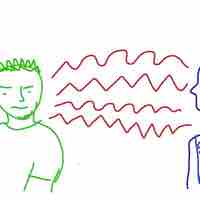
Organizations must keep in mind the internal and external factors that influence audience perception during the communications process.

Analyzing how consumers access marketing messages can help brands discover consumers' preferences for how to receive information.

The AIDA model is an approach used by advertisers to describe the different phases of consumer engagement with an advertisement.

As a key marketing element, promotion comprises communications tactics used to educate consumers, increase demand, and differentiate brands.

Promotional tactics are frequently used by companies to persuade consumers to choose their products over competing brands.

Organizations must identify prospective customers and understand their needs and wants to improve the odds of making a sale.

Promotional tactics such as free samples and discounts are often used to encourage consumers to participate in product trials.

For brands to successfully stimulate consumer demand, they must understand consumer needs and motives.
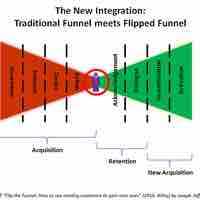
Organizations have shifted to using personalized promotional tactics to retain customers and encourage repeat sales.

Advertising communicates a message to a targeted audience and generates feedback in the form of a sale or other action taken by a consumer.
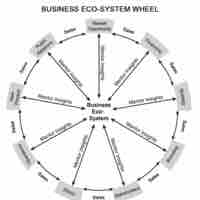
Marketing impacts personal selling and improves the selling environment by increasing exposure to potential customers.

Sales Promotion stimulates market demand, product availability and coordinates public selling, advertising and public relations.
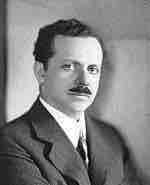
Public relations is the management of a message between an individual or organization and the public.
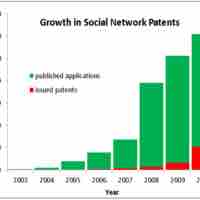
Social media as a marketing tool is versatile, far-reaching, fast, inexpensive, fosters brand awareness, and can improve customer service.

Direct marketing goes direct to customers via telephone, mail, fax, TV, radio, online, magazines, newspapers or face-to-face.

There are three main promotional objectives: inform the market, increase demand, and differentiate a product.
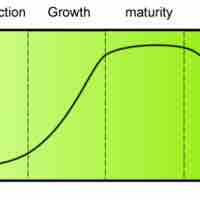
There are four stages in the product life cycle: introduction, growth, maturity, and decline.

The different characteristics of a target market are geographic, demographic, psychographic, behavioral, and product related.

The unique characteristics of a product should be used as inputs in determining the product's marketing mix.

Different types of buying decisions can involve logical, impulsive, and emotional motivations.

Marketing departments need to look at what types of advertising are available that will keep them within budget.

Push and pull strategies are promotional strategies used to get the product to its target market.

Trade promotions are targeted toward retailers while consumer promotions are targeted toward consumers.
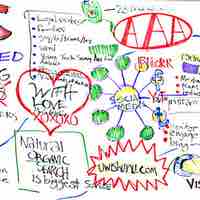
The ultimate goal of IMC is to unite all aspects of marketing communications so they work together seamlessly and harmoniously.
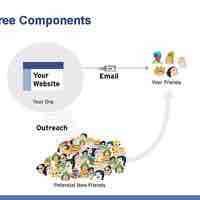
Marketing budgets aid in the planning of operations by forcing managers to prioritize activities and consider how conditions may change.
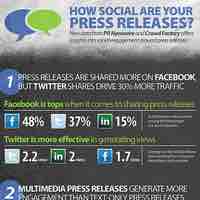
Continuous monitoring of performance against predetermined targets is essential in achieving effective & efficient integrated marketing communications.
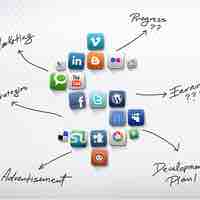
Because of the increased role of sharing - or online "word of mouth" - the way many products and services are marketed has changed.